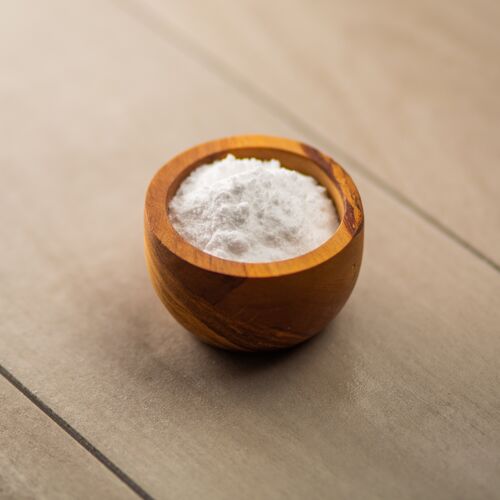Sugarcane Product: A Key Ingredient in Eco-Friendly Alternatives
Sugarcane Product: A Key Ingredient in Eco-Friendly Alternatives
Blog Article
The Journey of Sugarcane: From Harvest to Everyday Products
The journey of sugarcane is a multifaceted procedure that begins with meticulous cultivation and finishes in a range of items that penetrate our daily lives. As we discover the different aspects of sugarcane's trip, its duty in sustainability and the wider implications for our setting come into sharper emphasis.
Cultivation of Sugarcane
The cultivation of sugarcane is a vital agricultural procedure that needs specific ecological conditions and administration methods. Optimum growth takes place in subtropical and exotic regions where temperature levels range in between 20 ° C and 32 ° C. Adequate rainfall or irrigation is essential, as sugarcane prospers in wet soil with well-drained conditions (sugarcane product). Soil quality considerably influences return; therefore, farmers commonly perform dirt tests to establish nutrient needs
This approach promotes effective gathering and optimizes sunshine exposure. Crop rotation and intercropping are suggested methods to boost dirt fertility and lower parasite problems.
Timely application of these fertilizers can considerably improve sugar returns. Generally, successful sugarcane growing hinges on a combination of ecological stewardship, calculated planning, and recurring management practices.
Harvesting Strategies
Successful sugarcane growing culminates in the harvesting stage, which is critical for making the most of return and ensuring quality. The timing of the harvest is important; sugarcane is commonly harvested when sucrose levels height, normally between 10 to 18 months after growing. This period varies based upon environment, soil type, and sugarcane variety.
Gathering techniques can be broadly classified into manual and mechanical methods. Hand-operated harvesting is labor-intensive, counting on competent workers who use machetes to cut the stalks close to the ground. This method permits selective harvesting, where only the ripest walking sticks are picked, thus enhancing general sugar content.
Conversely, mechanical harvesting has obtained appeal due to its effectiveness and cost-effectiveness. Specialized farmers geared up with cutting blades and conveyor systems can refine big areas swiftly, significantly lowering labor expenses. However, this approach may cause the addition of premature canes and a possible decline in sugar high quality.

No matter of the technique utilized, making certain that gathered canes are transported rapidly to refining facilities is crucial. Prompt dealing with decreases perishing and maintains the honesty of the sugarcane, setting the stage for optimal processing.
Handling Methods
Processing sugarcane involves a number of crucial steps that transform the harvested stalks into useful products, mostly sugar and molasses. The preliminary stage is washing the walking stick to get rid of dirt and particles, complied with by the removal of juice with squashing or milling. This procedure commonly uses hefty rollers that damage the walking stick fibers to release the pleasant liquid had within.
When the juice find out this here is drawn out, it undergoes explanation, where pollutants such as dirt bits and bagasse are removed. This is frequently achieved by adding lime and warming the juice, enabling sedimentation. The clarified juice is after that focused with dissipation, where water material is lowered, resulting in a thick syrup.

Inevitably, the handling of sugarcane not only produces sugar and molasses yet also lays the groundwork for various derivatives, which will certainly be discovered in subsequent conversations.
Products Derived From Sugarcane
Sugarcane is a functional plant that yields a large range of products past just sugar and molasses. Amongst the primary byproducts are ethanol and biofuels, which have gained prestige as renewable resource sources. Ethanol, produced with the fermentation of sugarcane juice, acts as an alternate to fossil fuels and is usually combined with fuel to develop cleaner-burning gas, decreasing greenhouse gas exhausts.
Furthermore, sugarcane is a considerable resource of bagasse, the coarse deposit staying after juice extraction. Bagasse is used in numerous applications, including the production of paper, naturally degradable packaging, and as a biomass fuel for energy generation. Its use not only reduces waste but likewise boosts the sustainability of sugarcane processing.
In addition, sugarcane-derived products encompass the food market, where it acts as a natural flavor representative and sweetener in different cooking applications. In the realm of cosmetics, sugarcane removes are included into skincare products as a result of their natural exfoliating properties.
Environmental Effect and Sustainability
The cultivation and handling of sugarcane have considerable effects for ecological sustainability. This crop requires significant water resources, frequently bring about exhaustion of local water products and influencing surrounding environments. In addition, the use of fertilizers and chemicals in sugarcane farming can cause dirt destruction and river contamination, posing Go Here dangers to biodiversity.

Lasting sugarcane farming also promotes soil health and wellness through crop rotation and lowered husbandry, improving carbon sequestration. The adoption of these techniques not just sustains ecological stability find this however also boosts the strength of farming communities versus climate adjustment.
Final Thought
In summary, the journey of sugarcane encompasses numerous stages from growing to handling, eventually leading to a broad array of products. The significance of sugarcane expands beyond simple sugar, contributing to renewable resource through ethanol production, sustainable product packaging through bagasse, and all-natural essences for cosmetics. This diverse crop plays an important function in both dietary enrichment and environmental sustainability, highlighting its relevance in modern farming and commercial techniques.
Effective sugarcane cultivation finishes in the collecting phase, which is crucial for making best use of return and guaranteeing quality. The timing of the harvest is critical; sugarcane is generally gathered when sucrose levels peak, normally between 10 to 18 months after planting.Processing sugarcane includes a number of essential steps that transform the harvested stalks right into usable items, primarily sugar and molasses.Sugarcane is a versatile plant that yields a wide range of products beyond just sugar and molasses. Furthermore, the usage of plant foods and pesticides in sugarcane farming can result in dirt destruction and river contamination, positioning risks to biodiversity.
Report this page